Endogenous peptide in human, mouse or rat
Endogenous peptides, which are naturally produced within organisms, play many critical roles in biological functions. They are indeed often classified as ligands because of their ability to bind to specific receptors in the body to induce a biological response.
Peptides are small proteins typically composed of 50 or fewer amino acids. They are encoded by genes in the DNA of the organism, and can be found in all species, including humans, rats, and mice.
Here are a few examples of endogenous peptide ligands:
Insulin: This is a peptide hormone produced by the beta cells of the pancreas in humans. It regulates the metabolism of carbohydrates and fats by promoting the absorption of glucose from the blood into the liver, fat, and skeletal muscle cells.
Glucagon: This is a peptide hormone, also produced by the pancreas. It works to raise the concentration of glucose in the bloodstream, counterbalancing the action of insulin.
Oxytocin: This is a peptide hormone and neuropeptide produced in the hypothalamus and released by the posterior pituitary. It plays a role in social bonding, sexual reproduction, childbirth, and the period after childbirth.
Endorphins: These are endogenous opioid neuropeptides. They are produced by the central nervous system and the pituitary gland and work to inhibit the transmission of pain signals, producing a feeling of euphoria.
- Angiotensin II: This peptide is part of the renin-angiotensin system, which regulates blood pressure and fluid balance. Angiotensin II is the active form of the hormone and acts by binding to the angiotensin II receptor, causing vasoconstriction and the release of aldosterone, a hormone that increases sodium reabsorption to increase blood pressure.
- Neuropeptide Y (NPY): This 36-amino acid peptide functions as a neurotransmitter in the brain and is involved in a variety of physiological and homeostatic processes, including the regulation of energy balance, memory, and learning. It has also been implicated in the pathogenesis of several diseases, including anxiety disorders, obesity, and cancer.
- Gastrin: This peptide hormone stimulates the secretion of gastric acid by the parietal cells of the stomach. It also has a trophic effect on the gastric mucosa, causing it to grow in size.
- Substance P: This is an undecapeptide (a peptide composed of 11 amino acid residues) that functions as a neurotransmitter and neuromodulator. It's involved in processes such as inflammation and pain transmission.
- Cholecystokinin (CCK): This peptide hormone of the gastrointestinal system
These peptide ligands bind to specific receptors on the cell surface, triggering a cascade of intracellular events that lead to the cell's response. The specificity of these interactions makes them crucial for maintaining homeostasis and enabling communication between cells and tissues.
In terms of research and drug development, these endogenous peptides, their receptors, and the pathways they influence can be targets for therapeutic intervention. Modulating these pathways can have various effects, potentially useful in treating a wide array of conditions and diseases.Of course, there are many other examples of endogenous peptides that serve as ligands in biological systems.
 Home
Home
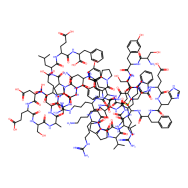
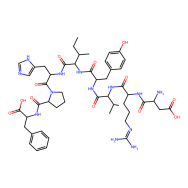
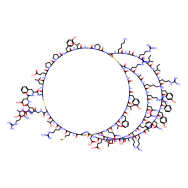
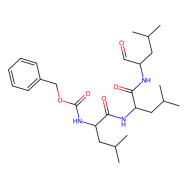
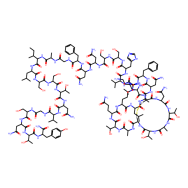
![[deamino-Cys1, D-Arg8]-Vasopressin acetate salt hydrate](http://www.cqqhjy.com/media/catalog/product/cache/8aa11d200a165b9f64a3d8f5dea07a55/D/1/D123296.png)
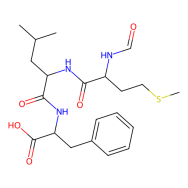




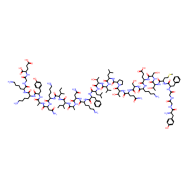
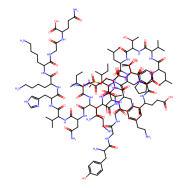
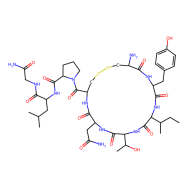
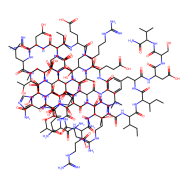


 Hazardous Chemicals Business License (with storage)
Hazardous Chemicals Business License (with storage)